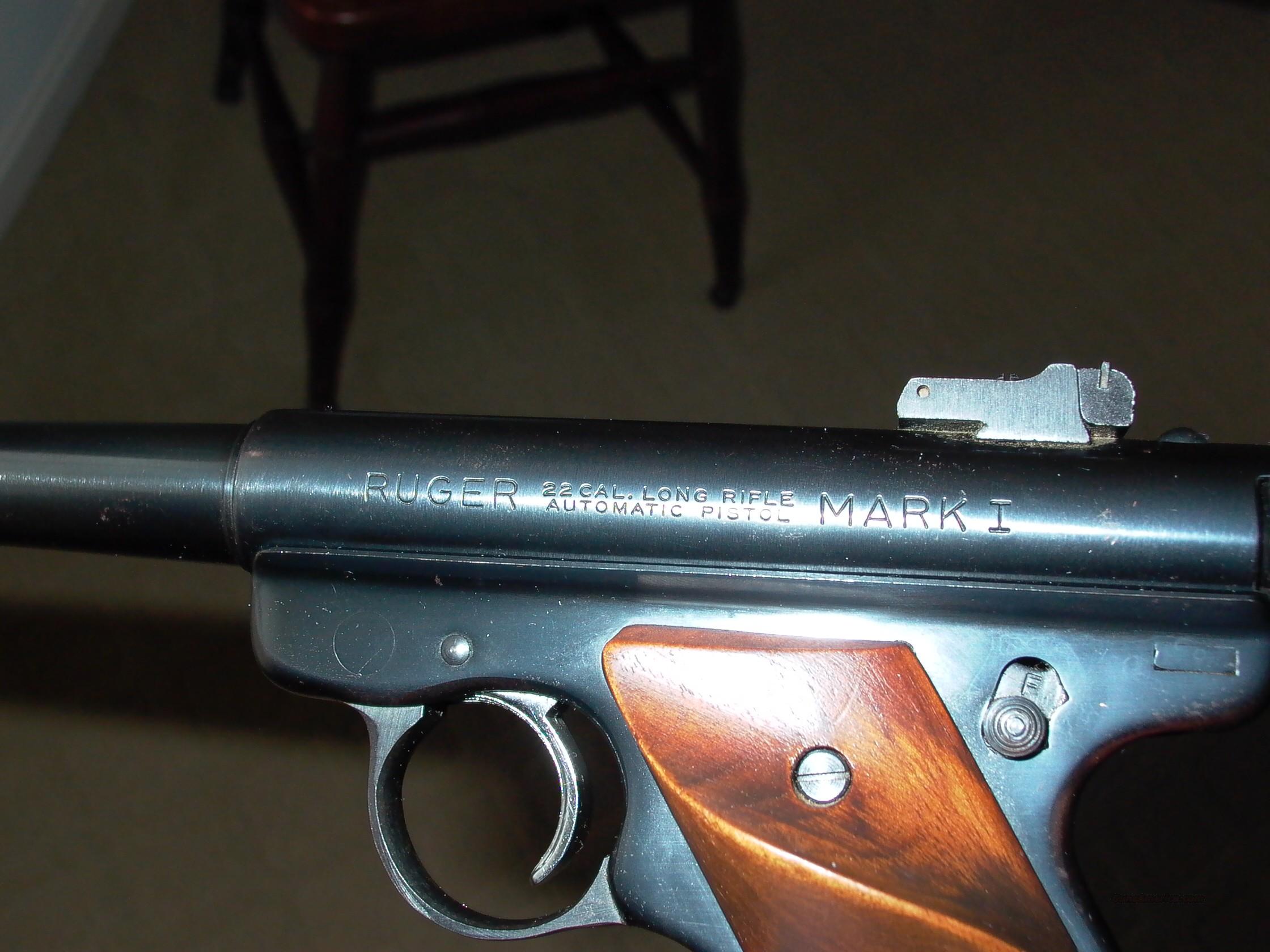UncleEd said:
Remember that right up until a few years ago, the BHP was being used around the world in more countries by more armies and police than any other pistol.
CZ can and does make the same claim. The big difference is that the actual total number of countries using the weapon wasn't that great, and none of them had large militaries or used large numbers of those weapons. The High Power was widely used during WWII by the Axis (after they invaded Belgium); and a clone (Inglis) was used by some of the Allies. 9mm wasn't a common round among the allies, either -- but the Germans liked it.
The United Kingdom continued to use them after WWII, and some were used in the Middle East by a number of ME armies -- but so were many other guns, including copies of Berettas and later copies of CZs. With the 70's, other guns (SIGs, Berettas, and Glocks) were far more popular and far more widely used than the High Power.
The High Power is a good solid 9mm gun. But so are the guns offered by the competition, most of which were available for very good (and likely much lower) prices starting in the 70s.
The BHP never made it big in the U.S. LEO market -- arguably for the same reason the 1911 didn't: it was single action. (It took a while for LEOs to get over their infatuation with revolvers, too, and they still don't seem to like SA weapons.)
In Europe and South America, civilian handguns were limited by law or culture/custom to .380 or less. The Communist Bloc never went above 9x18 in their militaries, and in some countries, 9mm was a military-only caliber.
FNH, the owner of the BHP design (which was created and owned by FNH and much later marketed by Browning, primarily in the U.S.) seemed more focused on military rifles, carbines, sub-machine and machine guns, and continues to be heavily focused on those types of weapons. They're now making some great handguns, but aren't pushing them as strongly as some companies push their weapons -- probably because the military weapons are their bread and butter.


